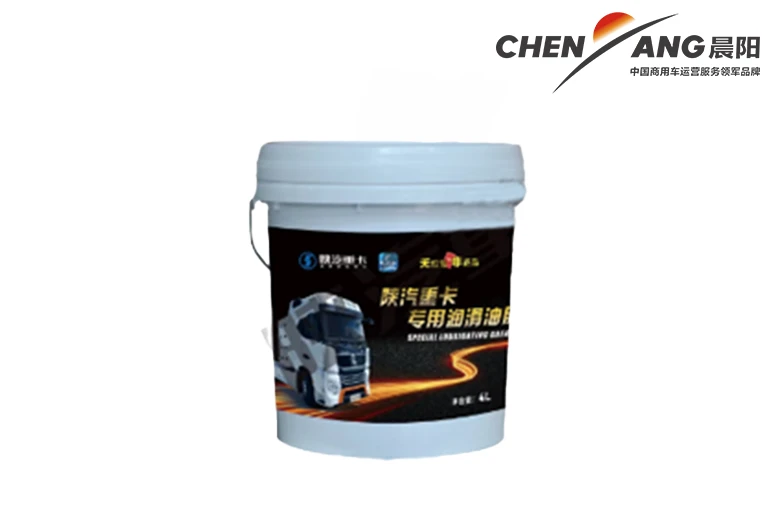Engine Components Material Selection for Optimal Performance and Durability
The Importance of Material Selection in Engine Parts
When it comes to automotive engineering, the choice of materials for engine components is critical. The materials used not only affect the performance and efficiency of the engine but also its durability and longevity. As automotive technologies evolve, engineers face the challenge of selecting the most suitable materials that can withstand extreme conditions while maintaining performance standards. This article explores the various materials used in engine parts, their properties, and their impact on engine performance.
1. Metals The Backbone of Engine Components
Metals are the most commonly used materials in engine parts due to their strength, durability, and ability to withstand high temperatures and pressures. Key metals used include
- Aluminum Lightweight yet strong, aluminum is favored for engine blocks and cylinder heads. Its low density contributes to overall vehicle weight reduction, enhancing fuel efficiency. Additionally, aluminum has excellent thermal conductivity, which helps in dissipating heat effectively.
- Steel Known for its high tensile strength, steel is often used in crankshafts, camshafts, and connecting rods. Different alloys of steel can be used to enhance specific properties such as resistance to wear and fatigue.
- Cast Iron Traditionally used for engine blocks, cast iron offers excellent wear resistance and can absorb vibrations, leading to a smoother operation. However, its weight is a drawback for modern applications, leading to a trend towards lighter materials like aluminum.
2. Composites The Future of Engine Parts
The automotive industry is increasingly turning to composite materials to optimize engine performance. Composites, such as carbon fiber and fiberglass, offer unique advantages
- Carbon Fiber Known for its high strength-to-weight ratio, carbon fiber is being used in high-performance engine components such as valve covers and intake manifolds. This material not only reduces weight but also enhances fuel efficiency and engine responsiveness.
- Plastic Composites High-performance plastics and polymer composites are used in parts such as fuel tanks and air intake systems. These materials are resistant to corrosion and chemicals, making them ideal for various engine components.
engine parts material

3. Ceramics The Next Level
Ceramic materials are gaining traction in the automotive sector, particularly for their high-temperature capabilities and low thermal expansion. Advanced ceramics can be used in turbocharger components and exhaust systems, where they can withstand extreme thermal conditions that other materials cannot. The introduction of ceramic matrix composites, which combine ceramic and metallic properties, holds promise for the development of lightweight yet robust components.
4. The Role of Material Properties
The properties of materials play a pivotal role in their selection for engine parts. Key characteristics include
- Strength and Durability Engine parts are subjected to high stresses and must resist fatigue, wear, and deformation under extreme conditions. Material selection directly influences the durability and lifespan of these components.
- Thermal Conductivity Engine components generate significant heat, and materials with high thermal conductivity help manage this heat, preventing thermal damage and ensuring optimal engine performance.
- Corrosion Resistance Many engine parts come in contact with fluids, such as oil and fuel, making resistance to corrosion an essential property. Materials like stainless steel and coated alloys are often chosen for their durability in adverse conditions.
5. Innovations in Material Science
The future of engine part materials will likely be shaped by innovations in material science. Developments such as nanomaterials and 3D printing technology open new doors for creating lightweight, strong, and complex geometries that traditional manufacturing methods cannot achieve. This could lead to optimized engine designs that enhance performance and efficiency.
Conclusion
In conclusion, the selection of materials for engine parts is a complex but critical task that impacts performance, efficiency, and longevity. With advancements in technology and materials science, automotive engineers are better equipped to make informed decisions, leading to the development of engines that meet the demands of modern-day performance and sustainability. As the automotive industry continues to evolve, the materials used in engine manufacturing will play a vital role in shaping the future of transportation.
-
SINOTRUK HOWO 84 Electric Dump Truck for Eco-Friendly Heavy HaulingNewsJul.26,2025
-
The Fast 16-Gear Manual Transmission Assembly for Heavy TrucksNewsJul.25,2025
-
Mercedes Benz Actros 1848 42 Tractor Truck for Sale - Reliable PerformanceNewsJul.24,2025
-
High-Quality Water Pump Assembly for Sinotruk Trucks – Durable & ReliableNewsJul.23,2025
-
Premium Truck Engine Antifreeze Coolant Fluid for Heavy Duty VehiclesNewsJul.22,2025
-
FOTON View G7 Mini Bus: Affordable & Spacious TransportNewsJul.22,2025
Popular products

























